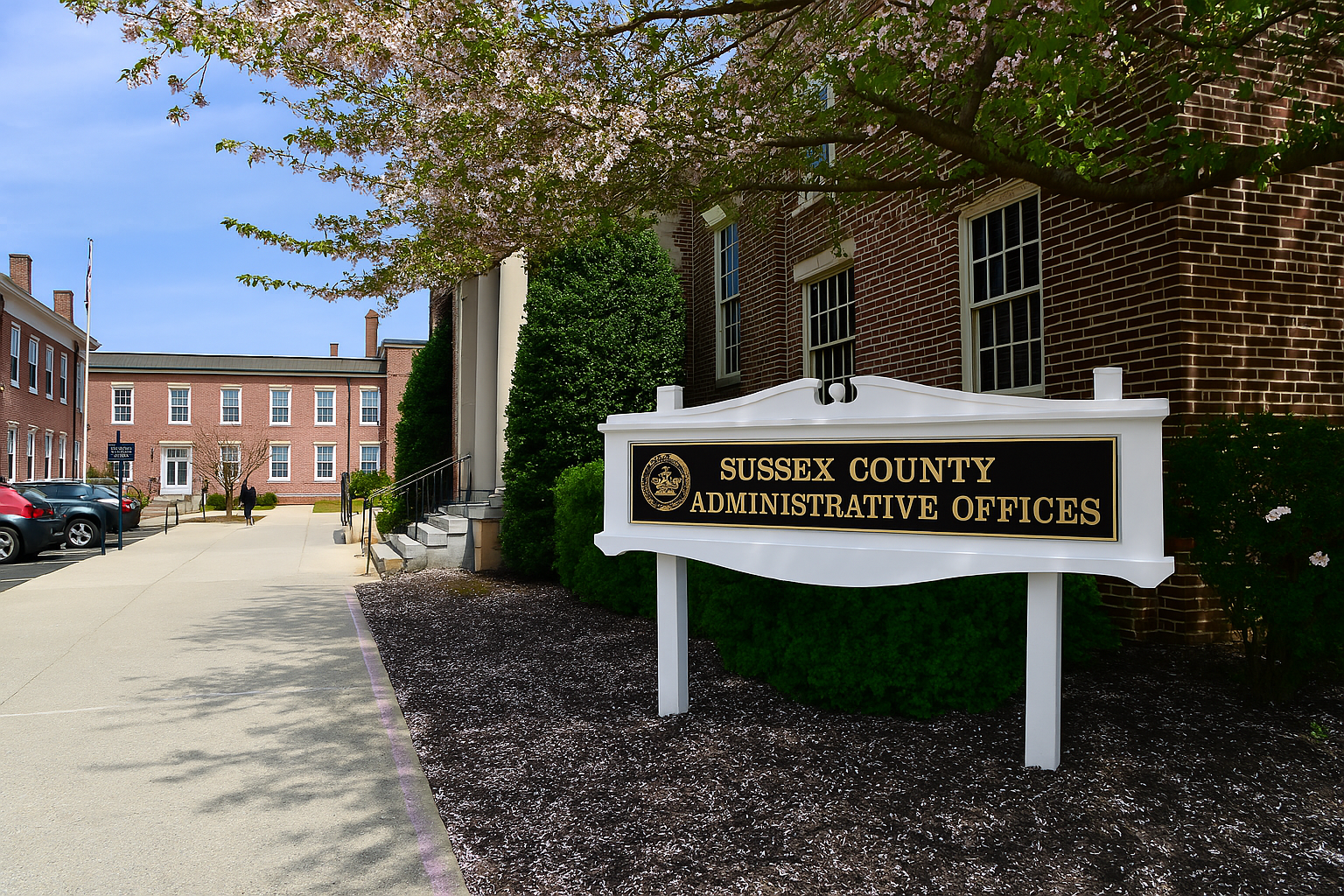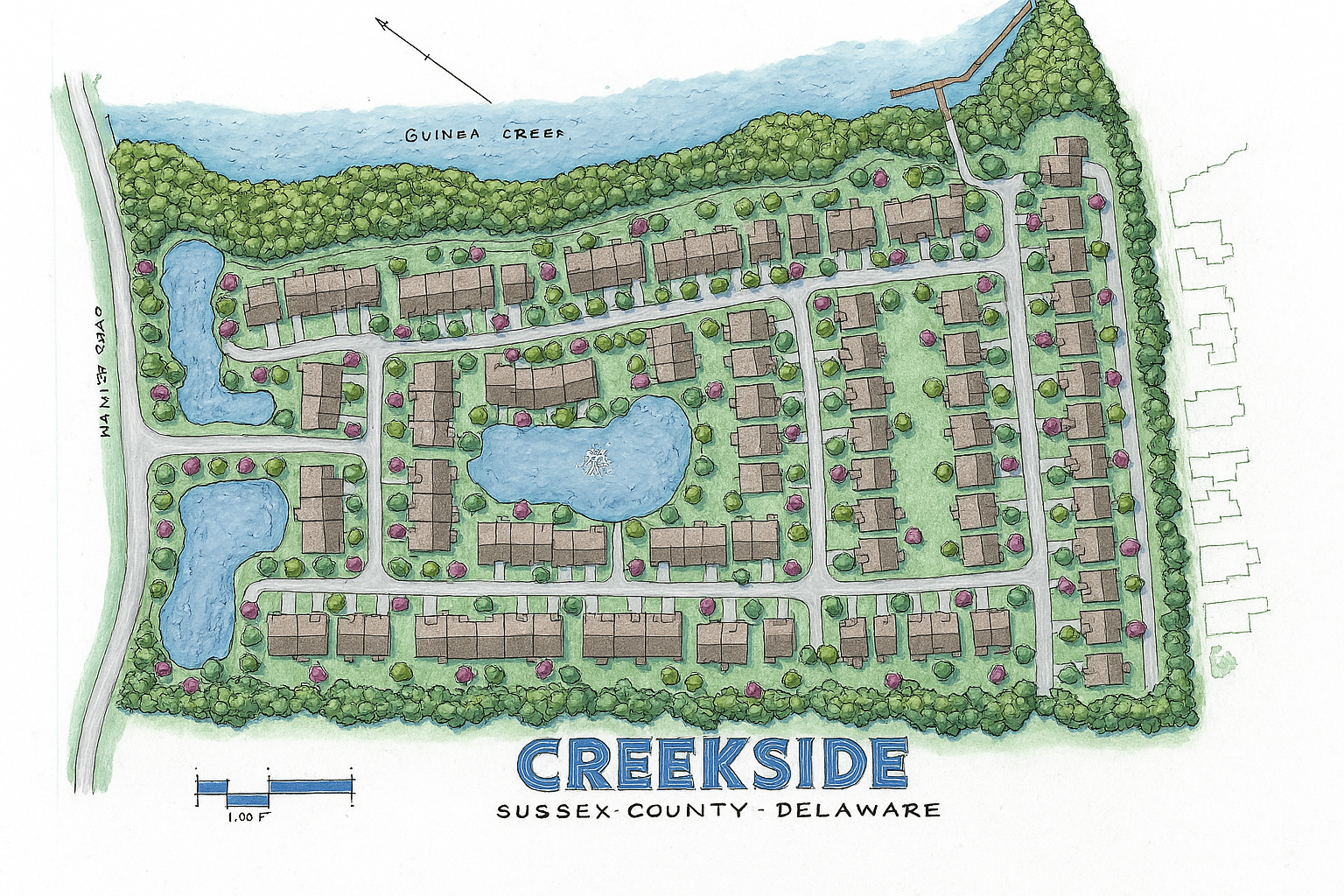A recent meeting between Sussex County Council and Sussex Conservation District officials has raised concerns about the impact of stormwater runoff from construction sites.
The discussion, held on March 25th, highlighted how silt and sediment can threaten local waterways and wetlands, prompting council members to consider tighter regulations.
Environmental Impact of Runoff
David Baird, Sussex Conservation District Coordinator, emphasized the risks posed by sediment runoff:
- Excess silt can clog waterways and harm aquatic habitats.
- Nitrogen and phosphorus deposits can disrupt local ecosystems.
- Erosion can lead to long-term damage to wetlands and water quality.
“The cheapest, quickest, easiest way [for builders] has become to clear-cut every tree,” said Councilman John Rieley, stressing that this approach contributes to environmental degradation.
Tighter Oversight on New Developments
The discussion came up during a zoning change hearing for Creekside, a proposed 116-unit residential development in Long Neck.

Council members scrutinized the developer’s plans, particularly concerning:
- A forested buffer along Guinea Creek, ranging from 75 to 130 feet.
- The need for additional erosion control measures beyond current county standards.
- Potential conditions on construction to limit land disturbance and runoff.
“We are actively seeking ways to mitigate [stormwater runoff],” said Councilman Matt Lloyd, hinting at potential future policy adjustments.
Future Development Reform
Council members acknowledged that existing regulations may not fully address these concerns.
The first meeting of a newly formed land-use reform working group was held on March 27th to explore changes to county development laws.
Decisions on the Creekside project were postponed, with council indicating that additional conditions may be required to protect nearby waterways.
Stay informed on Sussex County’s evolving development policies—follow our blog for updates on land use, environmental regulations, and local news.
Source: Cape Gazette

